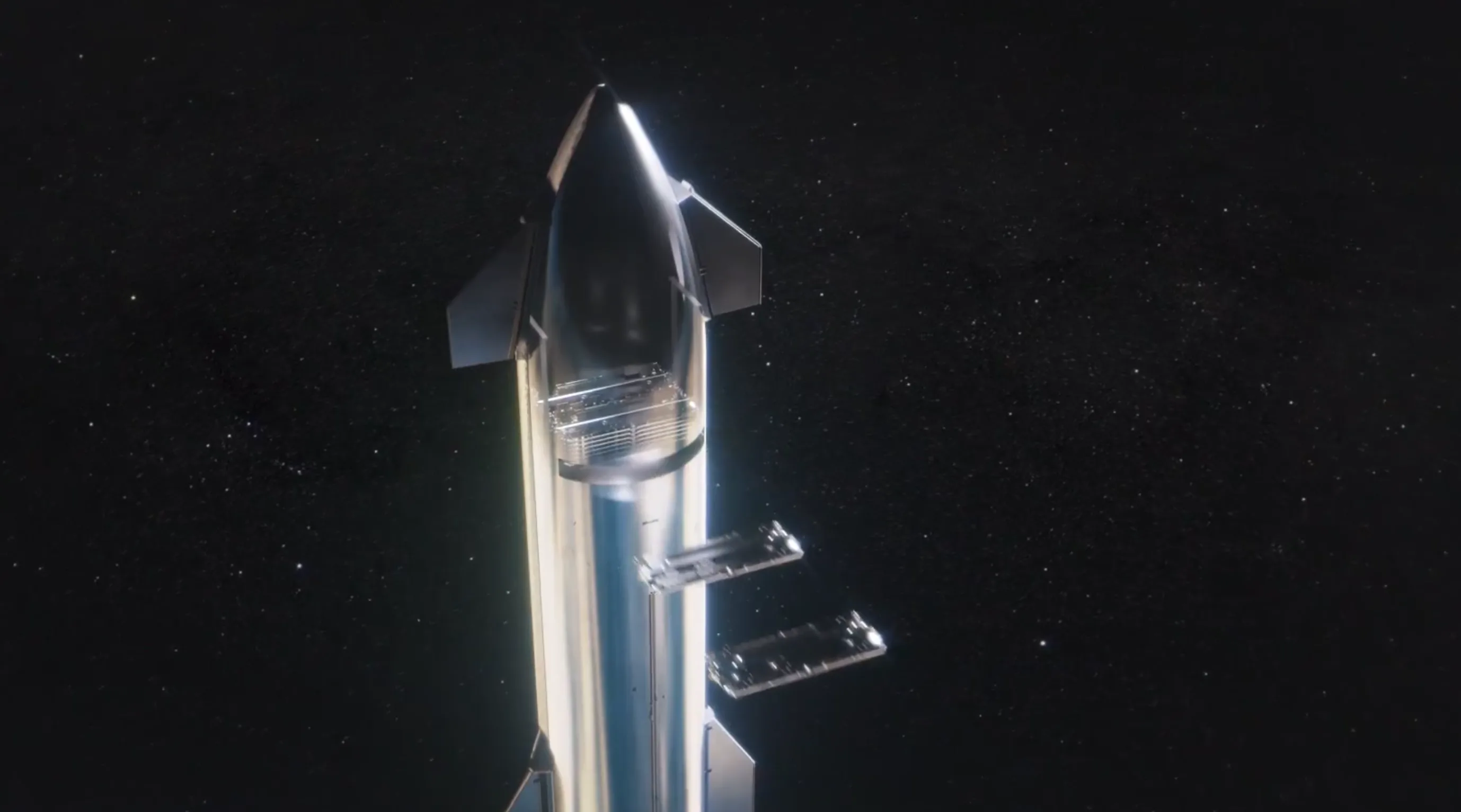Starlink’s ambition to provide fiber-like speeds from space will begin with its next-generation satellites. The company has been launching its second generation of satellites, which use laser communication for faster data transmission. It has announced that it’s developing a third generation of satellites to achieve more bandwidth. These satellites will be larger and able to transmit exponentially more data.
“Each V3 Starlink satellite will have 1 Tbps of downlink speeds and 160 Gbps of uplink capacity, which is more than 10x the downlink and 24x the uplink capacity of the V2 Mini Starlink satellites,” according to Starlink’s 2024 year-end report.
With one terabyte of bandwidth, Starlink satellites could handle more ground terminals at higher speeds. The report does not mention when the V3 satellites will be ready for launch.
The other phase of boosting Starlink speeds will also depend on the number of satellites SpaceX can launch into lower Earth orbit. As of the beginning of 2025, there are about 6,800 working Starlink satellites, but the company’s goal is to operate close to 30,000. Since the satellites have a lifespan of about five years, they will need to be continually launched to replace old satellites that burn up in the atmosphere.
The key to this initiative is SpaceX’s Starship vehicle, which the company has been testing throughout 2024 and into 2025. Starship is unique in that it’s engineered to be completely reusable. SpaceX successfully tested its “Mechzilla” launch tower, which also catches the booster when it returns to the ground. Ideally, SpaceX can launch Starship and its payload, land it, refuel it, and then launch again within hours.
“I would not be surprised if we fly Starship 400 times in the next 4 years, said SpaceX President Gwynne Shotwell, speaking at an investor conference.
SpaceX’s current obstacle to launch is the Federal Communications Commission (FCC), which regulates the number of satellites allowed in orbit and the radio spectrum they use to communicate with the ground. The FCC has permitted SpaceX to operate up to 7,500 satellites, a far cry from the goal of 30,000. Starlink also seeks permission to operate its satellites closer in orbit for improved latency.
These requests have drawn complaints from Starlink competitors, including Viasat and AST SpaceMobile, urging the FCC to reject them. Both have complained that granting SpaceX’s requests will interfere with their operations and ability to deliver signals to their customers. SpaceX and its competitors have submitted their analyses to support their requests, but as of early January 2025, the FCC has not granted the permissions.
Despite these barriers, it’s unlikely they will hold back SpaceX for long. Incoming FCC Chair Brendan Carr has spoken in favor of loosening the regulations that prevent the company from innovating. He has also dissented with his fellow commissioners about denying Starlink an $885 million federal award for connecting rural homes to the internet.
2025 will also be the year of Starlink Direct to Cell, which launched a beta program for T-Mobile customers slated to begin early in the year.
